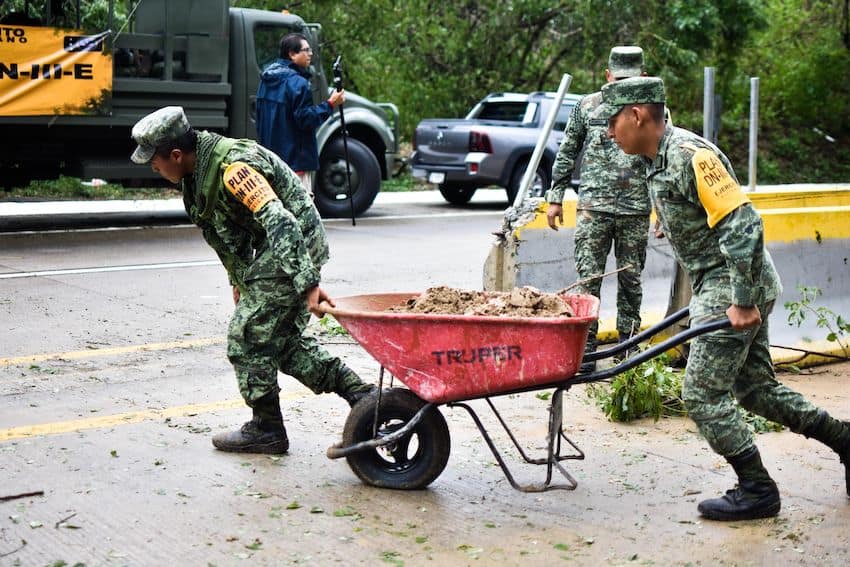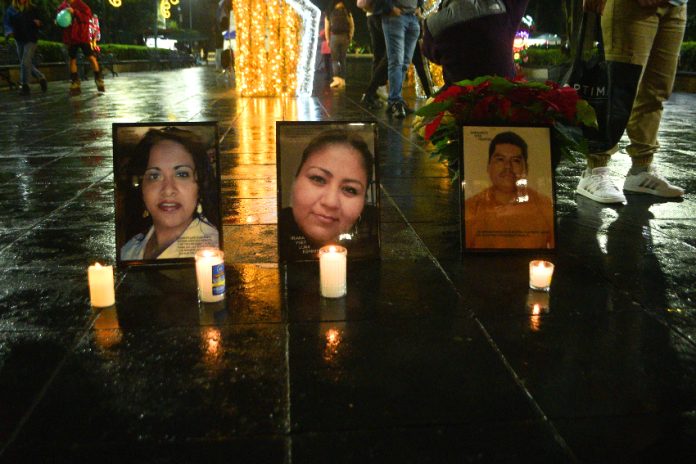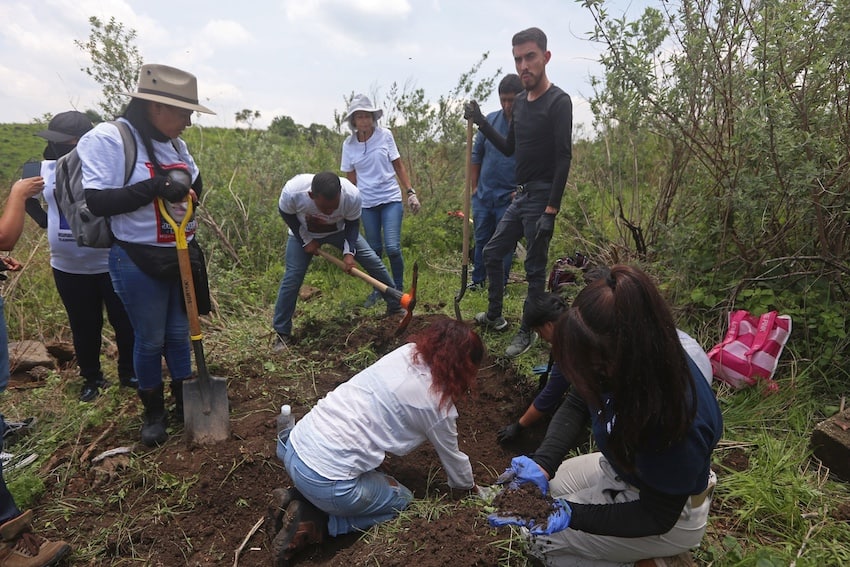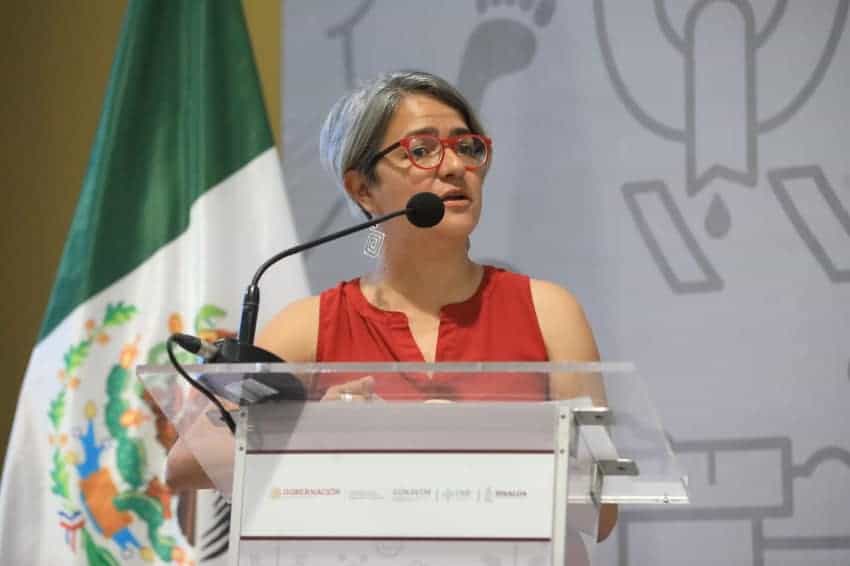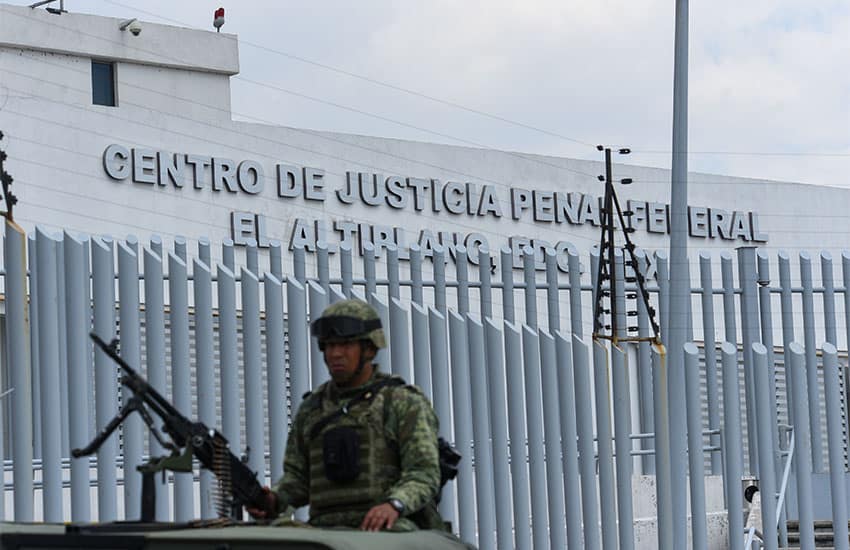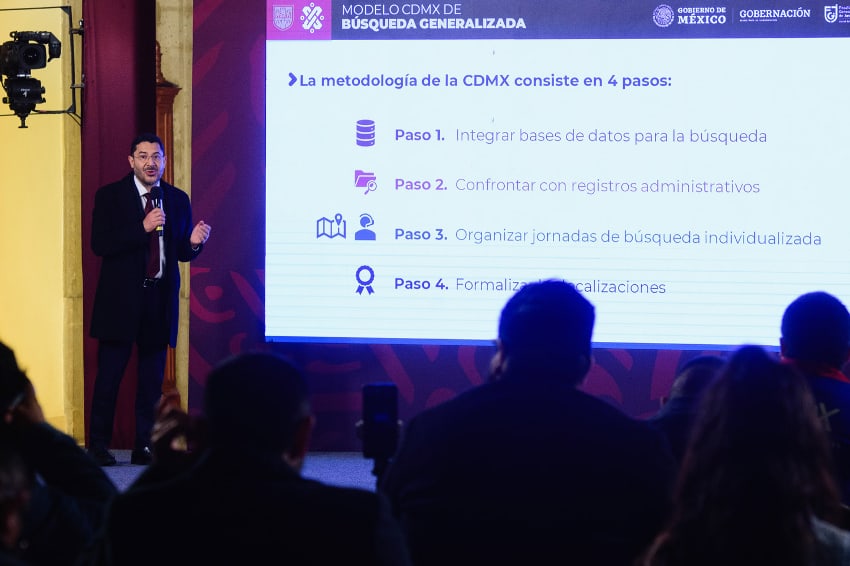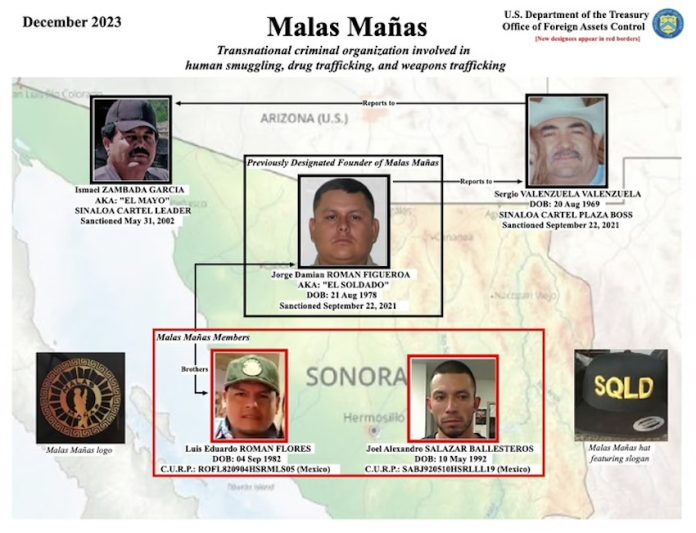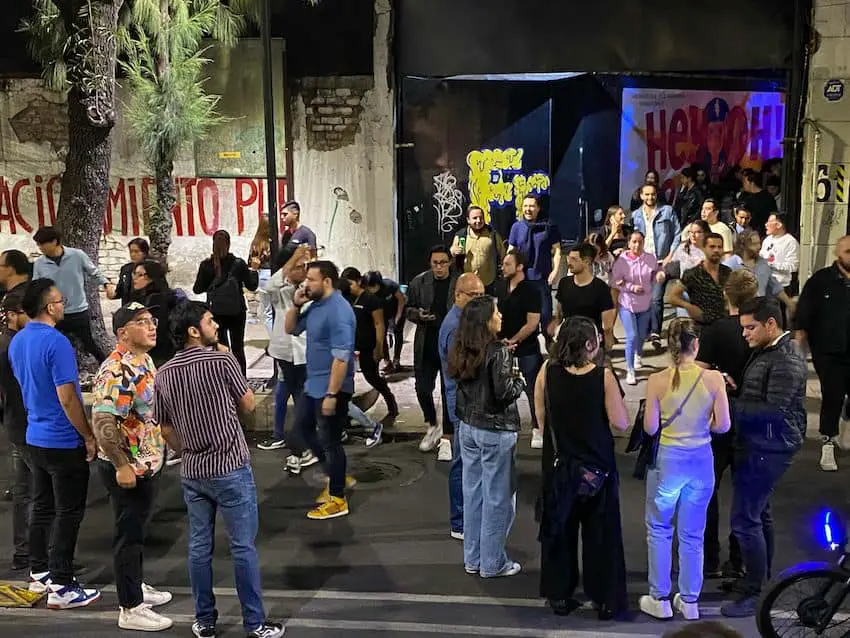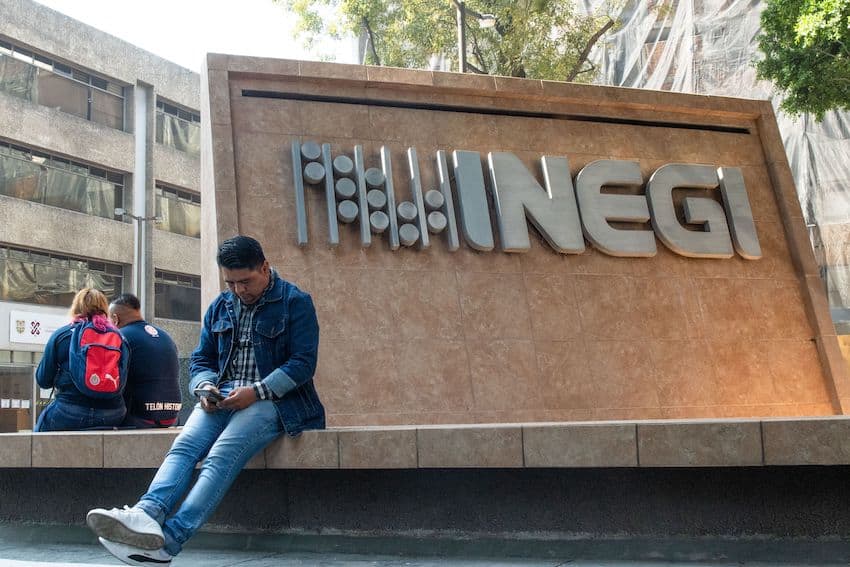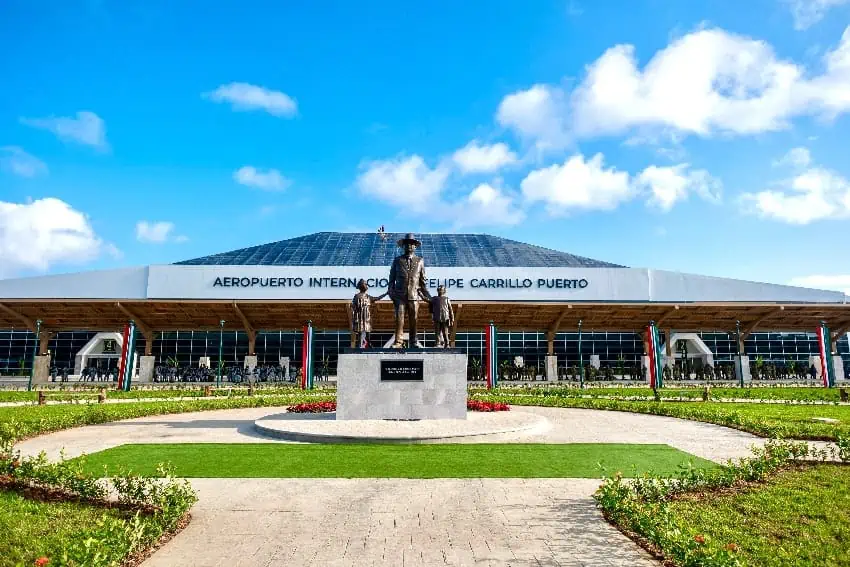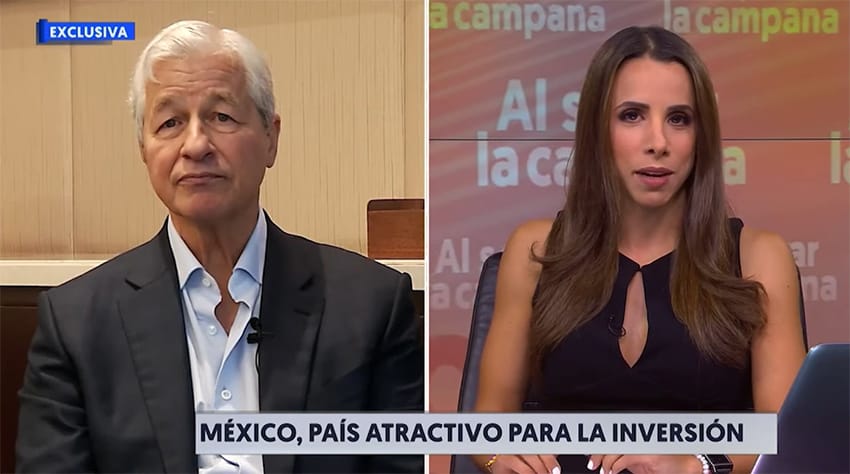Moving to Mexico, moving house or ready for makeover time? The holidays are upon us, and the shopping season is about to go mad! Buying furnishings within Mexico is the smart way to go, as the price of shipping to Mexico can be astronomical, and the delay in shipping goods might mean a Mexican wait (i.e. a looong time).
The Sales are NOW!
November and December sales in Mexico roll over into January, when stores want to move out stock before their new arrivals. The ‘Back to School’ sales in August later in the year are something to watch out for also, but the time for bargains is from now until February!
MND surveyed the scene of best places to buy cool home decor in Mexico – from basic necessities to up-scale, stylish furnishings with wow factor.
So, where do I begin shopping for home decor in Mexico?
It’s true, there are many sites out there, so we found some of our – and our features editor’s – favorites. The cost of furniture in Mexico is about the same as what you would pay in Canada or the U.S. Sprucing up your space with splashes of Mexican handicrafts, art and design elements is going to be a more affordable, and fun, part of your home interior design project.
Inspirational tip: We liked AD Magazine, Mexico’s Architectural Digest, for awesome design ideas.
Handy tips before you begin shopping in Mexico for home decor
Mexico, like the US, has modern and antique furniture ranging from Contemporary to Victorian, and there’s no reason to pay full price when you can get up to 60% and, in some cases, 80% for last-minute bargains.
Bargains
Beyond the regular sales times, the big department stores like Liverpool and Palacio de Hierro have specials all the time, plus brand ambassadors will often be there to offer even more discounts and big blowout sales. Placencia also has sales currently, offering 40% off (and sometimes more) on living room, bedroom, and dining room sets.
Payment Plans
Remember layaway? Some stores like Moblum and Gaia offer payment plan options with PayPal, scheduled bank transfers or recurring credit card payments. So you can splurge on a bulk buy, especially if you’ve got an empty house, or new rooms to fill, and catch up with payments in a leisurely way.
Delivery
Tiffany and Tom Pence moved to Querétaro from Florida in 2018 and report that “deliveries were the most interesting and entertaining part of buying furniture for us. Sometimes the delivery was scheduled 3 days away; other times the deliveries were 2-3 weeks later. Sometimes it was on an official store brand truck, other times on a pickup truck.” So just double-check check you’re clear on the delivery date and get a contact person’s name and number! You’re in Mexico now, and we came for a more relaxed lifestyle after all! It’s just part of it; no sweat.
Identification (yes, take it!) At each store, you’ll need to provide proof of address, and a passport as a form of identification before delivery approval. “My passport has been copied more times in the first 6 weeks here than all my previous years of having a passport. I’m sure my picture is up on the internet or a public bathroom somewhere,” Tiffany Pence says. So – just a reminder!
Give me the best shopping sites, beyond Amazon and Ikea!
Sodimac
It seems to be the most popular furniture and homewares emporium for the Mexican population, according to Similarweb’s traffic analytics. It’s a bit of a quagmire on the website, but bargain hunters and those on a budget can score.
Why shop here? Cheap and cheerful, all the simple basics. Good for kids.
DICO
Basics and bargains! Like Sodimac, the least expensive.
Why shop here? Deals! And cheap beds. Simple furnishings for a rental investment?
Solutions Mexico
We liked this one in Puerto Vallarta and Nayarit, with its invite to, “easily furnish your home in Mexico, whether one piece or your entire home.” They have professional interior decorators who will customize a furniture package and a wide range of gorgeous goods, from mid-range to higher-end.
Why shop here? They offer furnishing tips, over 200 suppliers and shopping tours to Guadalajara, Tonala and Tiaquepaque to hunt for wall art, rugs, decor items and lighting. They offer rental packages for rental owners who don’t want to invest in all their furniture at once, but want to rent their property right away. And their site is in English also, if that helps you!
Gaia Design
Stylish, modern, functional furniture, with a touch of the Scandi design vibe, and an easy-to-navigate website.
Why shop here? 60% off most items right now, free delivery over 12,000 pesos, and an average of 4.6 stars from all the testimonials. They also offer design services and discovery and design advice calls.
Moblum
Mid-range price, modern and stylish furniture from the basic to the more interesting.
Why shop here? Offers immediate delivery, flash sales, promotions, one year warranties. They also have a blog and a roster of interior designers – so you can brainstorm and seek advice.
Moda in Casa
More upscale contemporary furniture, with prices to match. Very stylish – which is immediately apparent on their home page, where the design editor has put some thought into presentation. They have stores in CDMX, Valle de Bravo and Mérida.
Why shop here? “Each piece is made using the best technology and materials in combination with the expert hands of our artisans who craft each piece to be a unique object.” Say no more.
Mobica
Great standard, mid-range modern furniture with a wide selection. Free design services and ‘lookbooks’ to browse through.
Why shop here? They donate to underprivileged children (always a plus point).
Bakan
They specialize in stylish outdoor furniture – from dining sets to banks and benches, umbrellas, and accessories – which combines functionality with good quality and design.
Why shop here? Their exclusive brands have anywhere from 40% to 60% price reductions right now.
Decada
I couldn’t resist these two hip young businesswomen who run this vintage furniture store in Cuauhtémoc, Mexico City, where “each piece tells a story.”
Why shop here? Every piece of their eclectic collection is thoughtfully curated and hand picked, from a vast range of styles. Adding just one or two pieces might jazz up your basic items.
Lagunilla Market
If you’re looking for a quirky shopping experience, and a vast range of antique furnishings, head to La Lagunilla Market, a weekly morning traditional public market in Mexico City, located about ten blocks north of the city’s main plaza, in a neighborhood called La Lagunilla. There are three big, distinct zones dedicated to food, clothing, and furniture.
Why shop here? The authentic Mexican experience is full of oddities and genuine Mexican antiques to die for. Take a break between shopping and having tacos and a michelada at the lunch counter!
Mercado Libre
Mexico’s “Facebook marketplace” is just as spectacular in its range of offerings as its U.S or abroad equivalents. Anyone can sign up, and it’s user-friendly. You just need the stomach for hunting, a bit like thrift shopping. Pick your region, and dive in. There are many current bargains, coupon offers and payment plans connected to all the major Mexican banks. Interest free installment plans are also tempting for shoppers on a budget!
So, take a deep breath and enjoy the ride of mixing and matching this huge and eclectic range of home decor on offer in Mexico, that suits your style and your wallet. Sign up for their mailing lists to get final sale alerts and flash sales – happening now – and take advantage of their payment plans and free design or delivery services. And don’t forget Google translate – or your ID!
Henrietta Weekes is a writer, editor, actor and narrator. She divides her time between San Miguel de Allende, New York and Oxford, UK.
